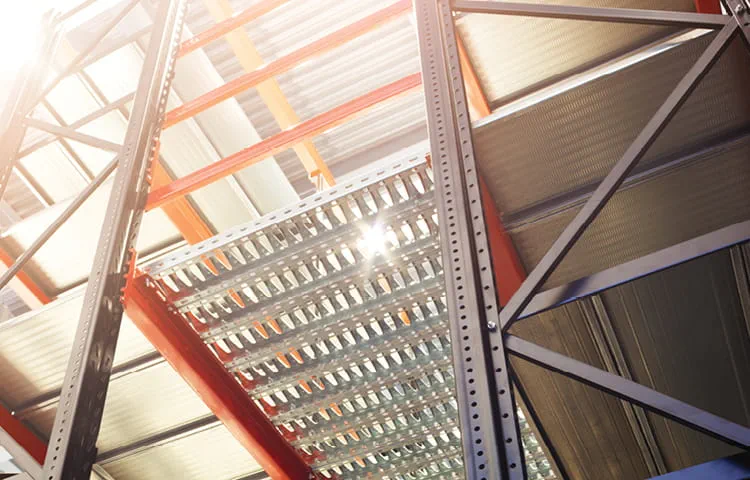Improvement in Market Conditions in Q3 2025
In its August 2025 Labour Force Survey, Statistics Canada reported that Canadian employment levels declined for the second consecutive month, with a decrease of 66,000 jobs, extending the decline witnessed in July of 41,000. With this decrease the unemployment rate climbed to 7.1%; its highest level since May 2016 (excluding 2020 & 2021). Employment fell by 23,000 in the transportation and warehousing sector in August, which offset a similar increase in July. On a year-over-year basis employment in this sector remains stable. Employment also decreased in manufacturing, falling by 19,000, and has declined by 58,000 since January 2025.
The overall Canadian industrial vacancy rate stabilized at 5.4% in Q3 2025, ending the streak of 12 consecutive quarters of vacancy increases. The majority of the Canadian markets followed suit, with either unchanged vacancy or just minor 10-20 basis point (bps) fluctuations from the prior quarter.
Absorption surged back into positive territory in Q3 2025, hitting just over 2.9 million square feet (msf) nationally—marking the strongest quarterly performance since Q3 2023 and playing a pivotal role in halting the climb in industrial vacancy that has been ongoing since Q3 2022. While several major markets posted negative absorption this quarter, including Vancouver and Montreal, which together combined for nearly 1.6 msf of negative absorption, Toronto single-handedly offset this, recording a notable 3.6 msf of positive absorption—its highest quarterly tally since Q4 2022—highlighting its significant influence on national fundamentals.
The national average net asking rent edged down again in Q3 2025, settling at $15.18 per square foot, with all major markets reporting similar softening from the prior quarter. While rates remain firm for high-demand footprints— particularly sub-20k square foot spaces—landlords are having to be competitive on larger blocks, especially those over 50k square feet (sf), where leasing velocity has lagged. With concessions and competitive pricing strategies for these larger blocks, further downward pressure on overall asking rents is expected to persist through the balance of 2025 and into early 2026.



